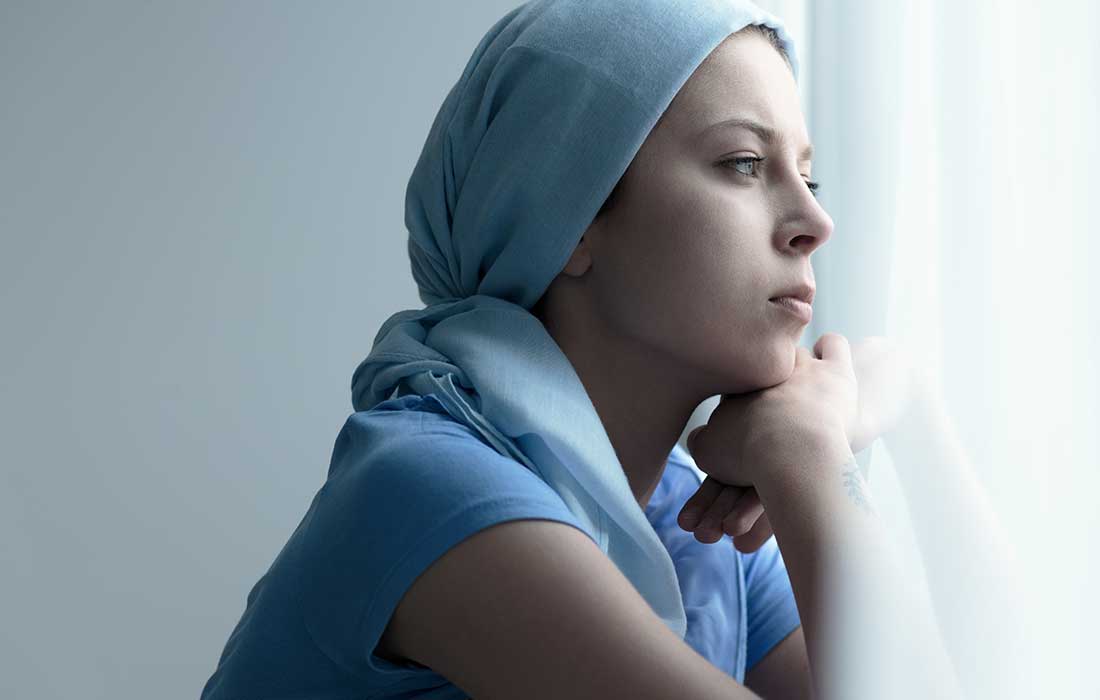
Does Rilassáre alternative medicine replace traditional medicine?
No, alternative medicine is a supplement to treatments that the patient may be taking and is not contraindicated in any case due to its safety and lack of adverse reactions or effects. Alternative medicine helps strengthen your immune system and regulates your body’s acidity for optimal functioning.
What is cancer?
The term cancer is a common name for a group of related diseases characterized by uncontrolled cell division in the body. According to an Australian pathologist, a neoplasm is an abnormal mass of tissue whose growth exceeds that of normal tissues, is uncoordinated with them, and continues to grow excessively even after the stimulus that initiated it has ceased.
Cancer symptoms may include:
Symptoms vary greatly and sometimes may not appear at all. Some patients have abnormal lumps, unexplained fevers, night sweats, or unintentional weight loss. Other examples of symptoms include:
- • Changes in the breasts.
- • Bladder changes.
- • Bleeding or bruising without an apparent reason.
- • Bowel changes.
- • Persistent cough or hoarseness.
- • Eating difficulties.
- • Severe and long-lasting fatigue.
- • Fever or night sweats with no known cause.
Type 1 diabetes symptoms can appear quickly, within weeks. On the other hand, type 2 diabetes symptoms usually develop slowly over several years and may be so mild that they go unnoticed. Many people with type 2 diabetes have no symptoms. Some only find out they have it when they develop health issues related to diabetes, such as blurry vision or heart problems.
Causes of cancer
Possible causes of cancer include:
- • Alcohol.
- • Diet.
- • Age.
- • Infectious germs.
- • Hormones.
- • Chronic inflammation.
- • Immunosuppression.
- • Sunlight.
- • Heredity.
Types of cancer:
The main types of cancer include:
- •Carcinoma. This is the most common type of cancer and originates in epithelial cells, which cover the outer surface of the body (skin) and inner surfaces (mucous membranes). If the carcinoma affects areas with a secretory function, it’s called an adenocarcinoma (e.g., kidney tubules, breast lobules). If the affected tissue doesn’t have glandular functions, it’s called squamous cell carcinoma or epidermoid carcinoma, like in lung or skin cancer.
- •Sarcoma. Sarcomas are cancers that form in bones and soft tissues, including muscles, fat tissue, blood vessels, lymphatic vessels, and fibrous tissue (like tendons and ligaments).
- •Leukemia. Cancers that begin in the blood-forming tissue of the bone marrow. These do not form solid tumors.
- •Lymphoma. Cancer that begins in immune system cells, specifically lymphocytes (T or B cells).
- •Multiple myeloma. Cancer that begins in plasma cells, another type of immune cell.
- •Brain and spinal cord tumors. There are various types of tumors of the brain and spinal cord. They are named based on the cell type they originate from and where they first appear in the central nervous system.
Cancer diagnosis
The doctor may use one or more methods to diagnose cancer:
- •Physical exam. The doctor may feel parts of the body for lumps that could indicate cancer. They may also look for abnormalities such as changes in skin color or organ enlargement.
- •Laboratory tests. Lab tests, like blood and urine tests, may reveal abnormalities caused by cancer. For example, in leukemia, a complete blood count may show an unusual number or type of white blood cells.
- •Imaging tests. Imaging tests let doctors view bones and internal organs without surgery. These may include CT scans, bone scans, MRIs, PET scans, ultrasounds, and X-rays.
- •Biopsy. In a biopsy, the doctor removes a cell sample for lab analysis. There are several ways to obtain this sample, depending on the type and location of the cancer. A biopsy is often the only way to make a definitive diagnosis.
In the lab, doctors examine the cells under a microscope. Normal cells look uniform, with similar sizes and organized structures. Cancer cells look disorganized, with varied sizes and no clear structure.
Cancer treatments
Cancer treatment may include:
- •Surgery. A procedure where doctors remove tissue containing cancer cells.
- •Chemotherapy. Special medications that shrink or kill cancer cells.
- •Radiation therapy. High-energy rays (like X-rays) used to destroy cancer cells.
- •Hormone therapy. Blocks cancer cells from getting the hormones they need to grow.
- •Immunotherapy. A treatment that works with the immune system to help fight cancer or manage treatment side effects.
- •Stem cell transplant (bone marrow transplant). Replaces bone marrow cells lost to high doses of chemo or radiation. Often used for blood and lymph node cancers.
Cancer complications
Cancer can disrupt the body’s chemical balance and increase the risk of severe complications. Symptoms of chemical imbalance may include excessive thirst, frequent urination, constipation, and confusion. It can also cause brain and nervous system problems.
Cancer prevention
You can reduce your cancer risk by making healthy choices such as maintaining a healthy weight, avoiding smoking, limiting alcohol intake, and protecting your skin.
Online Doctor
If you would like an online consultation with one of our doctors, click the button below to visit our website www.virtualmedical.com.mx
Visit Site